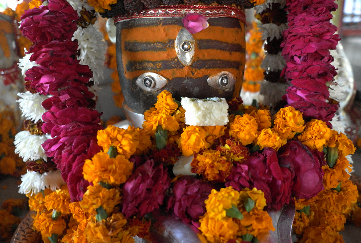"Towards the publication of a corpus of the Pyu inscriptions of ancient Burma and the decipherment of the Pyu language (Tibeto-Burman)"
The corpus of Pyu inscriptions is the last virtually untouched corpus of Southeast Asian inscriptions. Besides rare inscriptions in Sanskrit (in a North Indian form of Brāhmī script), and Pali (in South Indian Brāhmī), the major part of the corpus is formed by inscriptions in a language belonging to the Tibeto-Burman family written in its own characteristic form of Indic script whose closest Indian model seems to be the corpus of inscriptions of Nagarjunakonda (Andhra Pradesh), dating to the 3rd and 4th centuries. This suggests that Pyu might be among the oldest attested Tibeto-Burman languages. The script shows several innovative features whose interpretation has not yet been settled. So far, the language has been approached almost exclusively on the basis of one quadrilingual (Burmese-Mon-Pali-Pyu) inscription, while dozens of others, including a bilingual text (Sanskrit with Pyu glosses), remain unstudied. My research on the Pyu corpus, launched in 2012 and undertaken since 2014 in collaboration with linguist J.K. Wheatley, aims to establish an up-to-date inventory; to gather high-resolution images for each entry; to produce exact transliterations of all inscriptions; on this basis to make contributions to the decipherment of the Pyu language; and, ultimately, to cast light on the beginnings of Buddhist expansion into the Eastern sector of the Bay of Bengal. This lecture will begin with a quick overview of archaeological remains from Pyu sites in Burma, and then present the status of our research today.

Mardi 12 avril 2016 - 17h15 à 17h15 - Anthropole - 4088
Lettres